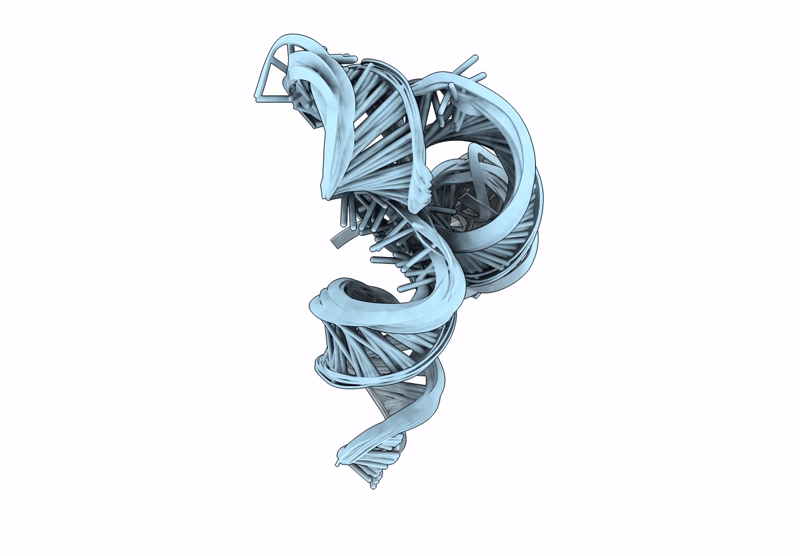
Deposition Date
2020-07-14
Release Date
2020-08-19
Last Version Date
2024-03-06
Entry Detail
PDB ID:
6XRZ
Keywords:
Title:
The 28-kDa Frameshift Stimulation Element from the SARS-CoV-2 RNA Genome
Biological Source:
Source Organism:
Method Details:
Experimental Method:
Resolution:
6.90 Å
Aggregation State:
PARTICLE
Reconstruction Method:
SINGLE PARTICLE


